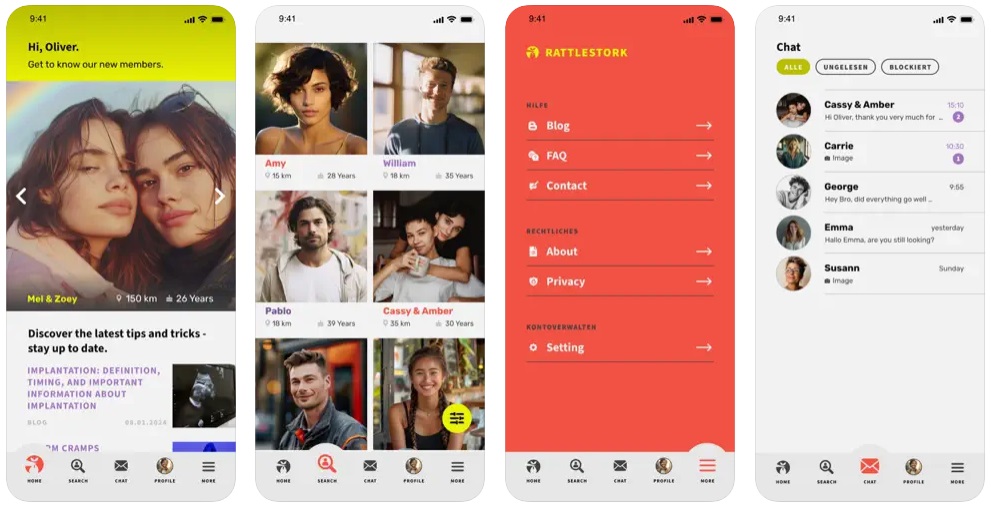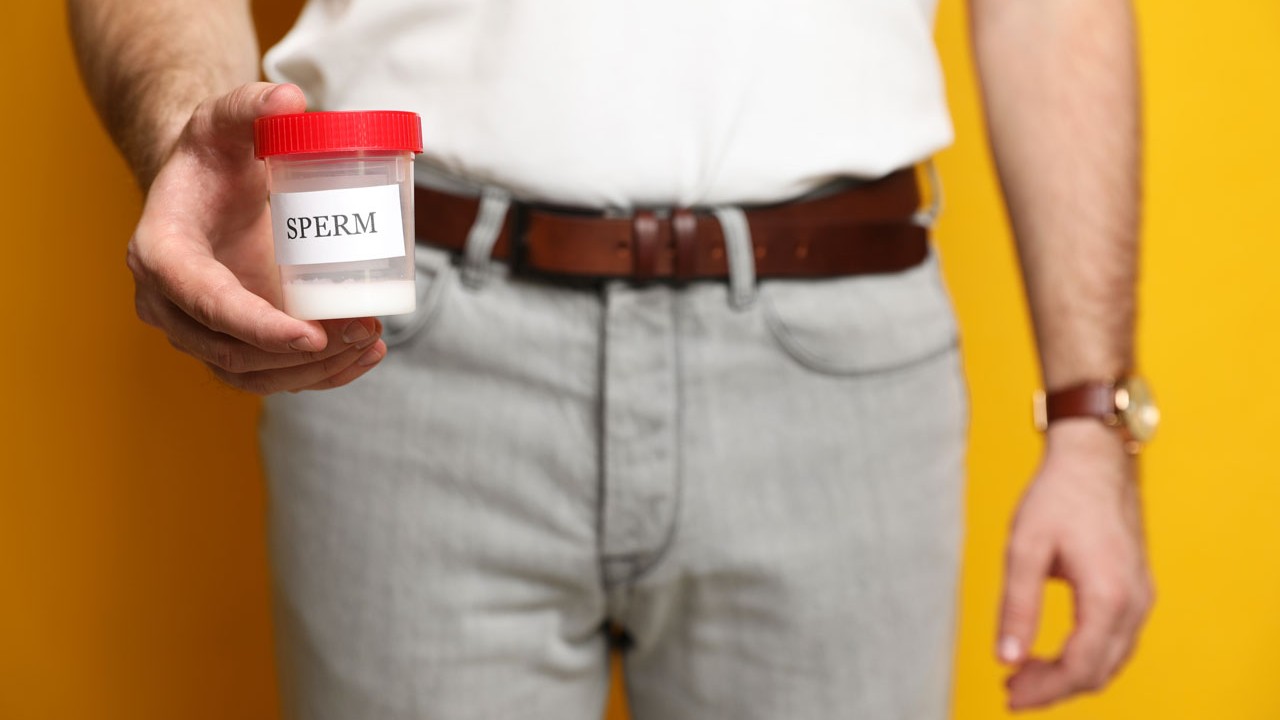Why Become a Sperm Donor? Motivations & Benefits
- Altruistic impact: You help individuals and couples fulfil their dream of parenthood.
- Comprehensive health screening: Free blood tests, semen analysis and genetic screening.
- Donor remuneration: Typically £100–£200 per donation to cover your time and travel.
- Genetic legacy: You contribute your DNA without the immediate responsibilities of parenthood.
Eligibility Requirements: Age, Health & Reliability
Fertility clinics adhere to strict HFEA (Human Fertilisation & Embryology Authority) guidelines and the HTA’s European Tissue and Cells Directive, but typically you must:
- Be aged 18–39: Some clinics accept donors up to 40, although sperm quality may decline after 39 (WHO Manual).
- Be in good health: No HIV, hepatitis B/C or other infectious diseases; no inheritable genetic disorders; BMI under 30.
- Be reliable: Commit to donating once or twice a week for 6–12 months and adhere to lifestyle guidelines.
Medical Standards & Quarantine
Under the European Directive, each sample must contain at least 15 million sperm per mL with ≥32% progressive motility. Samples are frozen at –196 °C, held in quarantine for 180 days, then retested under HTA protocols before release. Clinics follow HFEA’s Code of Practice for donor screening and storage.
Donation Process: Step by Step
- Application & Interview: Complete an online questionnaire and meet with clinic staff to discuss your medical and family history.
- Screening Phase: Provide blood and urine samples, two semen analyses, a genetic panel and undergo a physical examination.
- Donation Appointments: Attend the clinic once or twice weekly to provide samples in a private collection room; maintain 2–3 days of abstinence before each appointment.
- Cryopreservation: Each sample is divided into multiple vials and frozen in liquid nitrogen for future use.
- Quarantine & Release: After 180 days, samples undergo a second infection screening; approved samples are released for recipient use.
- Completion & Extension: Most donors complete 10–25 donations; extensions may be possible in consultation with the clinic.
Sperm Donation via RattleStork: Flexible Option
RattleStork is an app-based platform connecting verified donors with intended parents. You can arrange at-home inseminations and set your own terms for number of attempts and communication preferences. You manage all medical and legal obligations—RattleStork does not execute contracts on your behalf.

Remuneration & Tax Considerations
Donor payments of £100–£200 per donation are typically made via bank transfer. These payments are considered non-taxable reimbursements for expenses and inconvenience, provided they remain within HTA-approved limits. Keep receipts for travel and related costs.
Preparation & Practical Tips
- Maintain 2–3 days of abstinence before each donation.
- Limit alcohol and tobacco—improvements in sperm quality often appear after 6–8 weeks.
- Eat a balanced diet rich in zinc, folic acid and omega-3 fatty acids (Nature 2020).
- Reduce stress through light exercise and adequate sleep.
- Have your ID, NHS card and family medical history readily available.
Quick Checklist: Are You a Good Candidate?
- ✓ Aged 18–39
- ✓ BMI under 30
- ✓ No major infectious or genetic disorders
- ✓ Available for 10–25 donations per year
- ✓ Agree to sample quarantine and retesting
- ✓ Consent to data storage under HTA guidelines
- ✓ Understand donor-conceived individuals may request identifying information after age 18
Conclusion
Becoming a sperm donor in the UK in 2025 is transparent and secure, thanks to HFEA regulations, HTA standards and digital platforms like RattleStork. Meet the requirements and follow the process, and you can help families achieve their dreams—while being fairly remunerated and fully protected.

